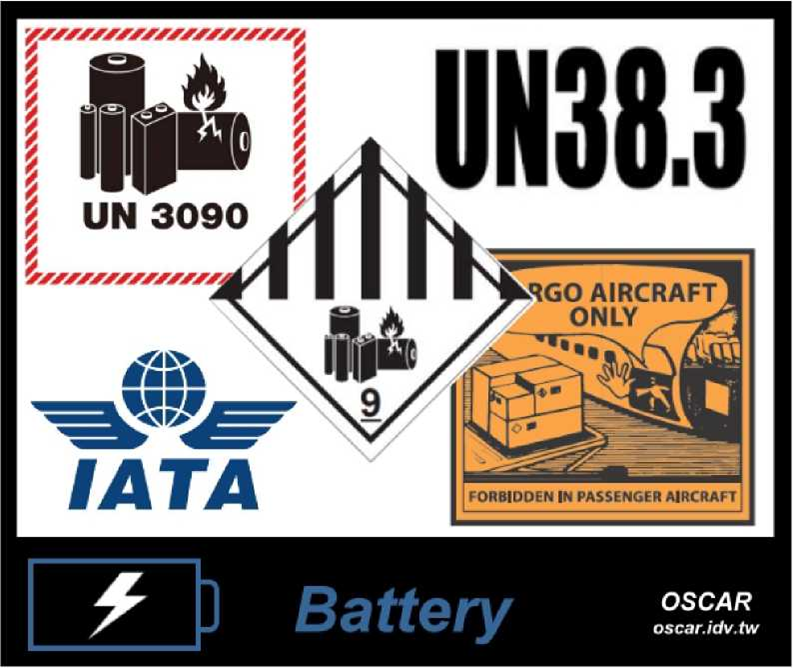Developed countries and regions rarely have export dangerous goods inspection agencies similar to mainland China. For example, the United Kingdom and the United States only rely on the United Nations "Recommendations on the Transport of Dangerous Goods" and the ICAO "Technical Guidelines for the Safe Transport of Dangerous Goods by Air" (ICAO TI Guidelines) ), International Air Transport Association "Dangerous Goods Regulations" (IATA DGR), International Maritime Organization "International Maritime Dangerous Goods Regulations" (IMDG Code) to carry out transportation operations, the management method is mostly MSDS, if it is exported to/transmitted to China Products/finished products containing batteries must be tested and identified before they can be imported and released.
Lithium battery hazard category nine. When the lithium battery needs to be transported by sea or air, the shipper must provide the material safety data sheet/MSDS of the lithium batteryand the 8 test qualification reports in accordance with UN38.3 clause and 1.2M drop The safety test report is sent to the shipping company or airline in advance , and the carrier will determine the air and seaworthiness (Mainland China also needs to provide a certificate of cargo transportation conditions).
If you need to know more about the details of lithium battery transportation, please contact the person in charge of our company's PIC.
PIC: MR. Vincent Poin


